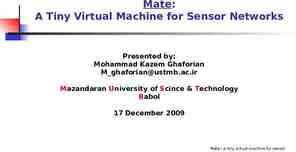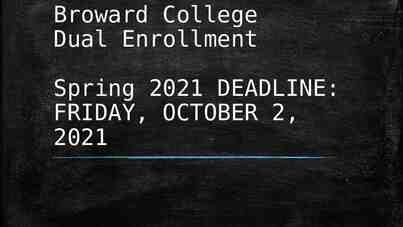Preventing Needlesticks and Other Sharps Injuries… Everything You
24 Slides795.00 KB
Preventing Needlesticks and Other Sharps Injuries Everything You Need to Know Part III: Safe Work Practices
What Strategies Exist to Eliminate Sharps Injuries? Eliminate or reduce the use of needles and other sharps Use devices with safety features to isolate sharps Use safer practices to minimize risk for remaining hazards
Preventability of Needlesticks in NaSH Hospitals, June 1995—December 2003 (n 10,661) Undetermined,18% Unnecessary Needle Use, 15% Safer Needle Device Available, 26% Preventable, 64% Improper Safety Device Activation, 6% Unsafe Work Practice, 7% Nonpreventable, 18% Improper Disposal, 9% Other, 1%
Injuries Related to Work Practices Injuries occur because of the following: – – – – Passing or transferring equipment Recapping contaminated needles Colliding with coworkers Decontaminating/processing used equipment Injuries occur from sharps left in unusual places: – Laundry – Mattresses – Tables, trays, or other surfaces
The Sharps Safety Continuum Prepare to use the device the moment the sharps are first exposed Take precautions while using sharps Take precautions during cleanup Take precautions during disposal
Sharps Safety Practices Be prepared Be aware Dispose with care
Be Prepared Before Beginning a Procedure Organize equipment at the point of use Make sure work space has adequate lighting Keep sharps pointed away from the user
Be Prepared Before Beginning a Procedure (cont’d) Locate a sharps disposal container, or have one nearby Assess the patient’s ability to cooperate Get help if necessary Ask the patient to avoid sudden movement
Be Aware During a Procedure Maintain visual contact with sharps during use Be aware of staff nearby Control the location of sharps to avoid injury to yourself and others
Be Aware During a Procedure (cont’d) Do not handpass exposed sharps from one person to another Use predetermined neutral zone for placing/retrieving sharps Alert others when sharps are being passed
Be Aware During a Procedure (cont’d) Activate safety feature of devices with engineered sharps injury prevention features as soon as procedure is completed Observe audible or visual cues that confirm the feature is locked in place
Clean Up and Dispose with Care During Cleanup Be accountable for sharps you use Check procedure trays, waste materials, and bedding for exposed sharps before handling Look for sharps/equipment left behind inadvertently
Clean Up and Dispose With Care During Cleanup (cont’d) Transport reusable sharps in a closed container Secure the container to prevent spillage
Clean Up and Dispose With Care While Disposing of Sharps Inspect container Keep hands behind sharps Never put hands or fingers into sharps container
Clean Up and Dispose With Care While disposing of Sharps (cont’d) If you are disposing sharps with attached tubing – Be aware that tubing attached to sharps can recoil and lead to injury – Maintain control of both tubing and the device during disposal
Clean Up and Dispose With Care After Disposing of Sharps Visually inspect sharps container for overfilling Replace containers before they become overfilled Keep filled containers for disposal in a secure area
Clean Up and Dispose With Care If You Find Improperly Disposed Sharps in Work Environment Handle carefully – Keep hands behind sharps at all times – Use mechanical device if you cannot safely pick up sharps by hand
Sharps Safety Practices Be prepared Be aware Dispose with care
Sharps Injuries in the Operating Room Cuts/needlesticks occur in as many as 15% of operations – Risk increases with longer, more invasive, higher blood loss procedures Suture needle injuries are most frequent – Fingers used to manipulate needles and tissue Up to 16% of injuries occur while passing sharps
Sharps Injuries in the Operating Room Needleless/no sharps alternatives – Use alternative cutting methods such as blunt electrocautery and laser devices when appropriate – Substitute endoscopy surgery for open surgery when possible Engineering controls – Use round-tipped scalpel blades instead of sharp-tipped blades – Use blunt suture needle Work practice controls – Use instruments rather than fingers – Give verbal announcement when passing sharps – Use “neutral zone” to avoid hand-to-hand passing of sharps
Conclusion Preventing Sharps Injuries Your Role
You are Part of the Prevention Process when You Adhere to safe practices and assist and support coworkers in safer practices Report injuries or blood/body fluid exposures, sharps injury hazards, and near misses Participate in training for devices and properly use sharps safety features Participate in surveys (e.g., safety culture) and device evaluations
Always Handle Sharps With Care Have a Safe Day!





























